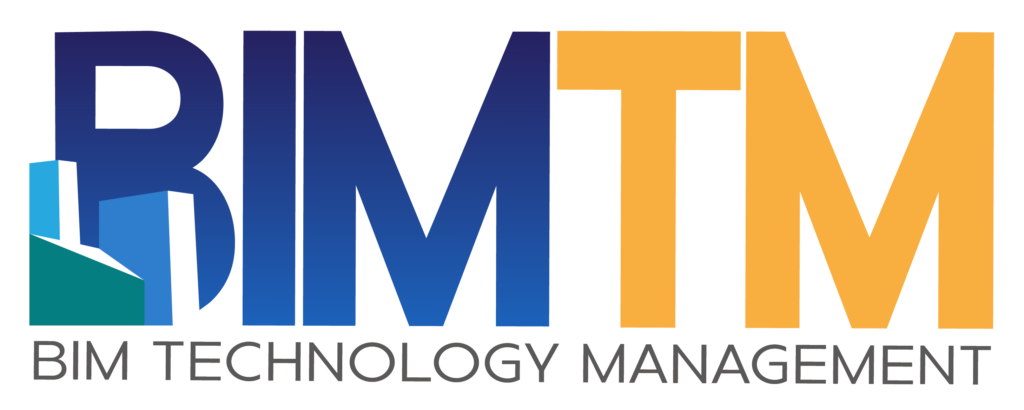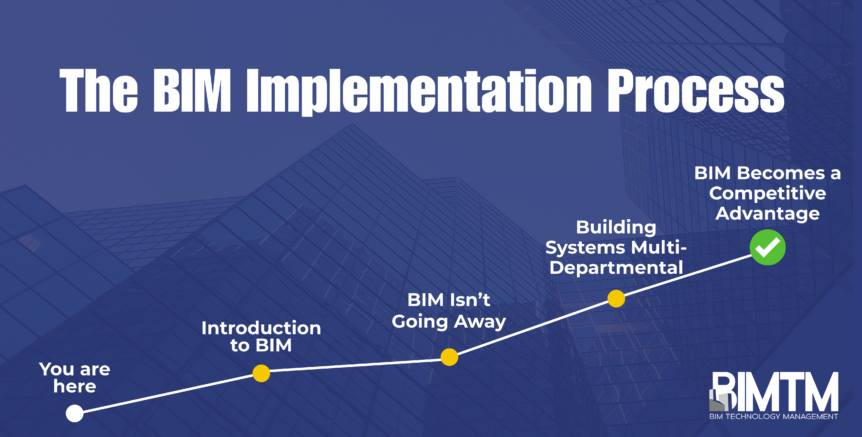Let’s be honest. BIM implementation isn’t always a straight shot. Sometimes it’s a carefully coordinated masterpiece. Other times, it’s duct tape and a prayer.
We recently had Jeff Drews (President and Co-founder at BIMTM), Jared Sutliff (Vice President and Co-founder at BIMTM), and Donnie Bogle-Boesiger (Operations Director at BIMTM) sit down for a roundtable discussion on what happens when companies dive into BIM without a floatie.
We broke it down into 4 phases of BIM implementation, covering where teams usually go wrong and how to fix it before you’re knee-deep in chaos and RFIs.
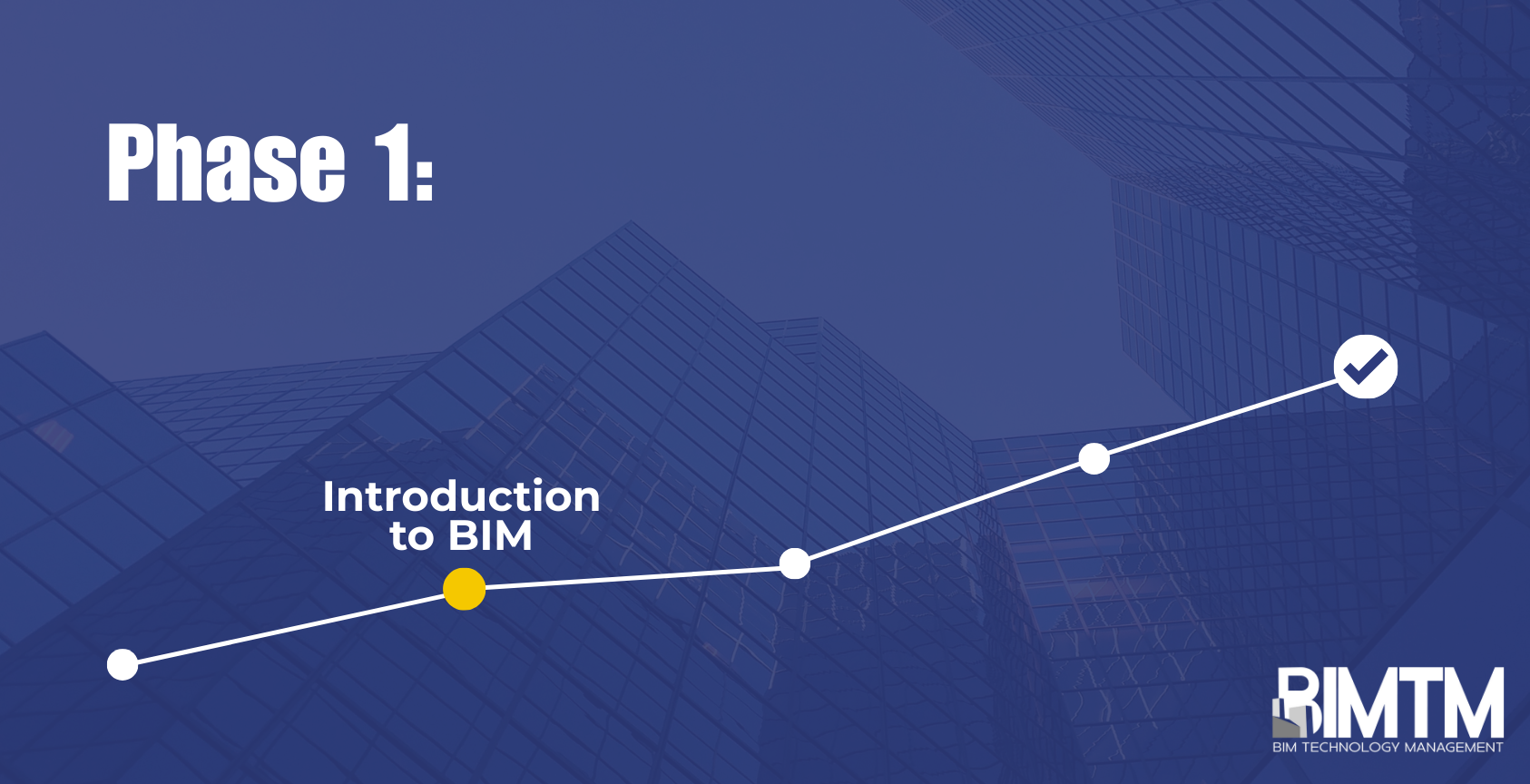
Phase 1: “We Have a BIM Requirement. Now What?”
This is the “check the box” phase. You’re only doing BIM because someone said you had to. The GC threw it in the spec. The owner said, “Make it 3D.” You’re not bought in. You’re just surviving.
What goes wrong?
- The field is left out. BIM teams model things they think will work, but without input from the people actually installing it, those models often miss the mark.
- The trades don’t trust BIM. It’s their first exposure to the process, and if it sucks, they won’t forget it.
- It’s disconnected. The BIM guy is modeling in a silo, while the project manager and field crews are figuring things out on the fly.
- GCs “push” BIM but don’t own it. They hand it off to trade partners who optimize for themselves, not the whole project.
“If you’re not modeling it like you’re going to build it, what’s the point?”
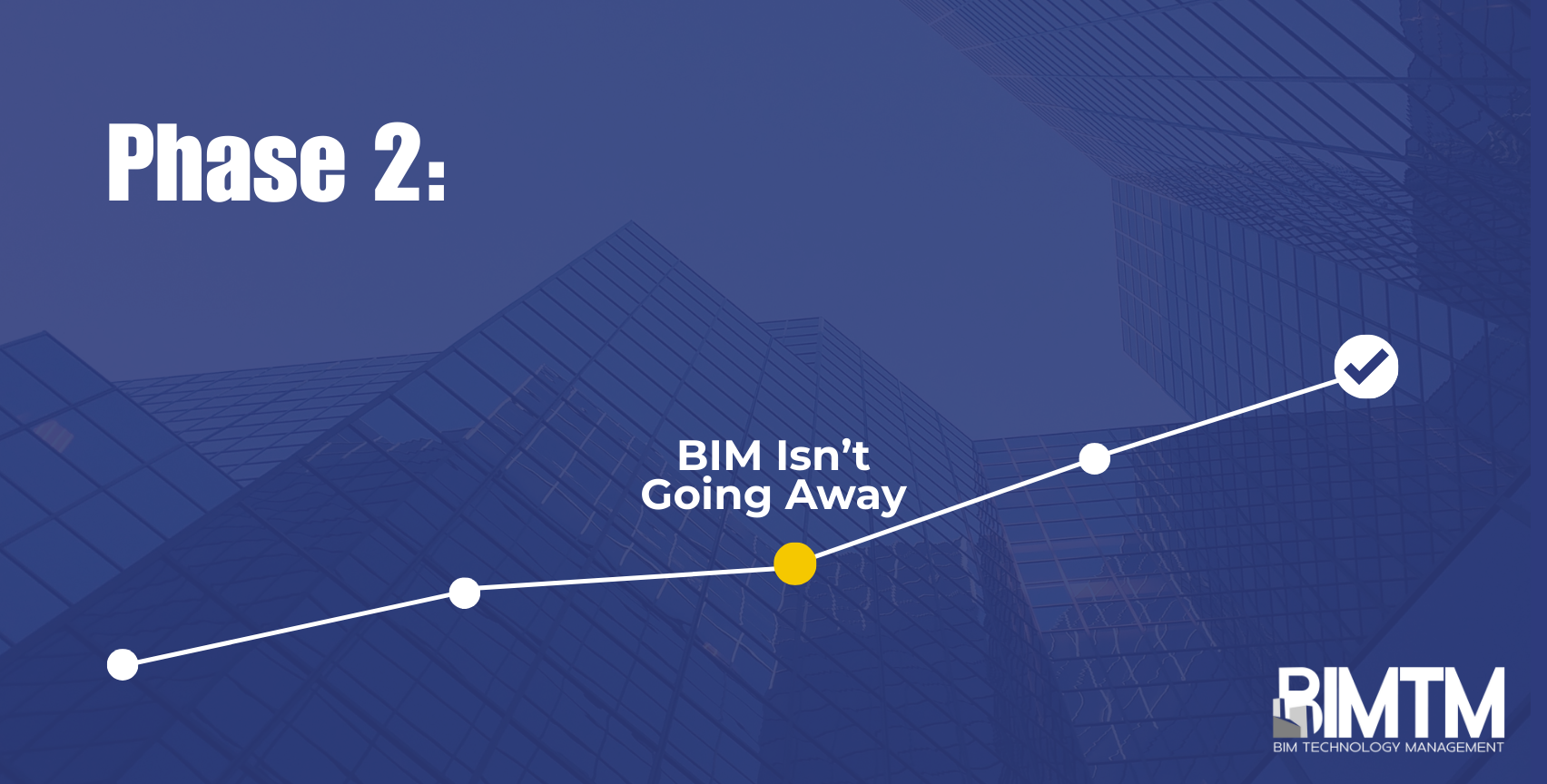
Phase 2: “Okay, BIM’s Not Going Away…”
At this point, teams start realizing BIM isn’t a fad. They’re seeing it on more jobs and begin investing resources, kind of. Maybe they hire someone. Maybe they outsource it. But it’s still a little shaky.
Common pitfalls:
- Field guys get thrown into BIM with no training. You get a week’s worth of work done in five days too long.
- Tech-savvy hires lack trade knowledge. They can model beautifully, but not necessarily build it.
- Leadership is lukewarm. If execs treat BIM like a line item instead of a strategy, it shows.
- Small wins matter. If BIM feels like wasted time and money, you lose buy-in. Fast.
“It takes humility to admit you don’t know how to use this tech yet. Seek counsel from people who’ve been through it.”
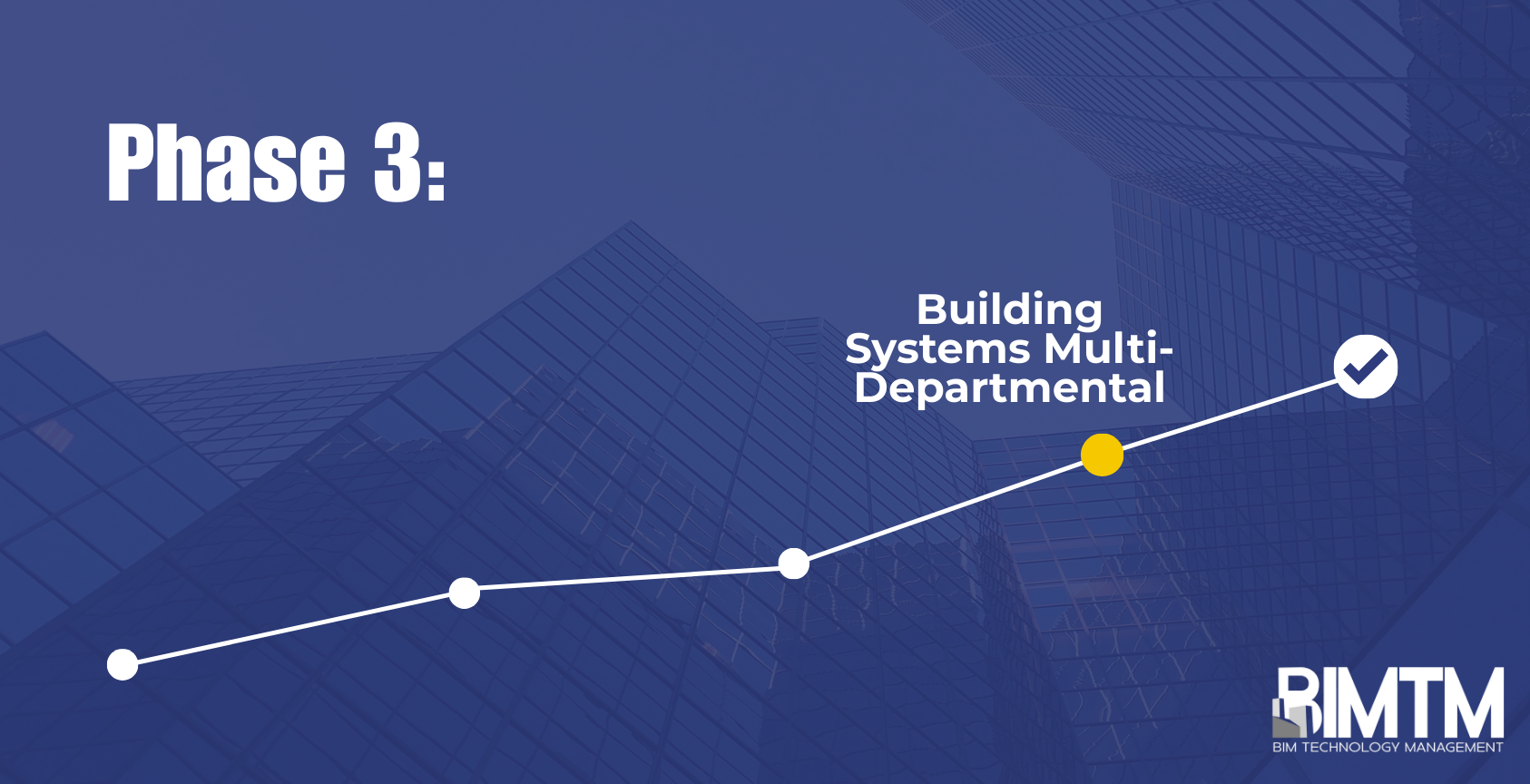
Phase 3: “Let’s Get Organized.”
Now we’re talking. You’ve got some buy-in. Maybe even a few wins under your belt. Time to build standards and systems, but don’t jump the gun.
Where things go sideways:
- Overbuilding your templates. Every family you’ve ever used lives in one bloated file. Congrats, your model now takes 12 minutes to open.
- Templates without training. Great templates mean nothing if nobody knows how (or why) to use them.
- BIM works in a silo. You’re coordinating everything alone. You need input from prefab, PMs, and field crews early, not when it’s too late.
- You prefab for prefab’s sake. If your shop doesn’t build racks, why are you detailing them?
“Communication is contractual. Collaboration is cultural.”

Phase 4: “We BIM Because It Works.”
This is the holy grail. BIM is no longer a requirement. It is a competitive advantage. You use it because it makes your teams faster, smarter, and more efficient.
How you know you’ve arrived:
- You coordinate and prefab whether it’s required or not.
- Field teams ask the BIM team for help, not the other way around.
- BIM is part of the estimating, prefab, and planning process, not just coordination.
- You’ve got repeatable systems, standardized materials, and field trust.
“When the field calls and asks you how many lights they need, that’s when you know you’ve made it.”
Final Takeaways
Jared: Don’t do BIM just to do it. Figure out what will actually help the project and ditch the rest.
Donnie: Don’t do it alone. This stuff is complicated. Get help, celebrate small wins, and build relationships.
Jeff: BIM isn’t just software. It’s people. It’s process. And if it’s going sideways, sometimes stepping back is the smartest move you can make.
Want to watch the full roundtable discussion on the 4 phases of BIM implementation?
Check it out on our YouTube:
BIM shouldn’t just be a box to check. Let’s make it a competitive advantage.
We offer BIM training and consulting backed by trade-specific knowledge, approachable expertise, and ROI to prove it. Check out more about our training and consulting by clicking on the image below:
And check out our past blogs here.
Until next time,
BIMTM
